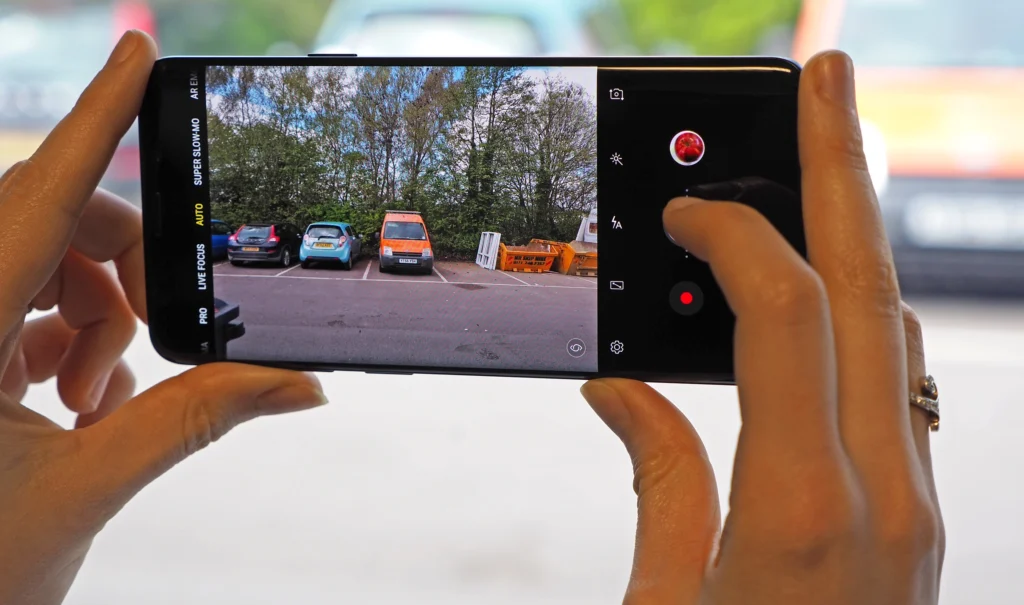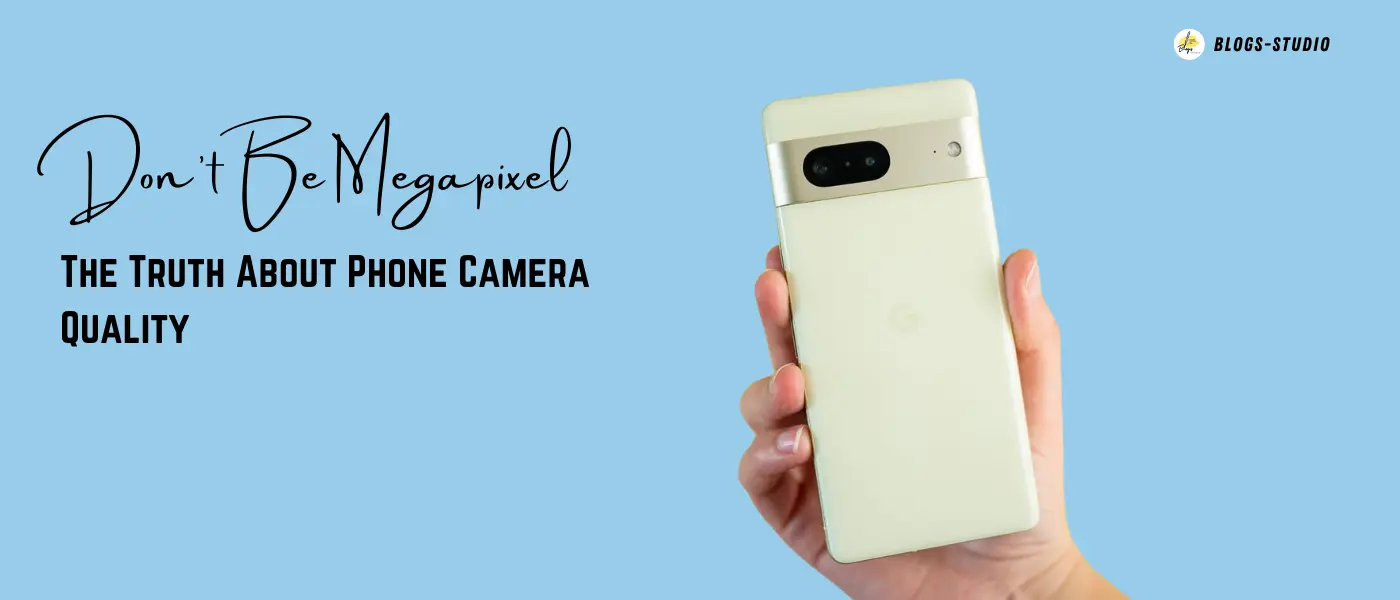Hey there, smartphone shutterbugs and selfie superstars! We’ve all seen those fancy phone ads boasting megapixel madness. More megapixels, they scream, means amazing photos! But hold on a sec, are they megapixel-Ing the truth? Let’s bust this common myth wide open and show you what really matters when it comes to capturing camera-worthy moments on your phone.
Mega What Now?
Megapixels (MP) simply refer to the number of tiny little squares (pixels) that make up your digital image. So, more megapixels mean a bigger, more detailed picture, right? Well, kind of. Imagine a giant pizza. Sure, it has more slices (pixels), but if the toppings (lens quality, sensor size) are skimpy, will it be delicious? Not so much.
The Real MVPs of Phone Photography:
Here’s the real deal on what makes your phone camera a champion:
- Sensor Size: Think of it as the canvas where your photo is painted. A bigger sensor captures more light, resulting in sharper, brighter images, especially in low-light situations. Megapixels can’t compete with a good sensor!
- Lens Quality: A quality lens is like a skilled artist’s brush – it translates light and detail beautifully. A great lens can make even a low megapixel camera shine.
- Software Processing: Modern phones use clever software to enhance photos, bringing out colors and details. It’s like a digital editing pro working its magic behind the scenes.

So, How Many Megapixels Do You Need?
The truth is, most modern smartphones (think 12MP and above) have enough megapixels to take fantastic photos for everyday use. Focus on other features like sensor size, lens specs, and software capabilities when choosing a phone camera.
Bonus Tip: Don’t underestimate the power of good lighting and composition! Even a pro phone camera can’t work miracles in the dark.
Remember, megapixels are just one piece of the puzzle. By understanding what truly matters, you can take your phone photography from “meh” to “masterpiece” in no time!
Also Read – Lenovo’s New Yoga 9i: Wow Factor Folds In!





